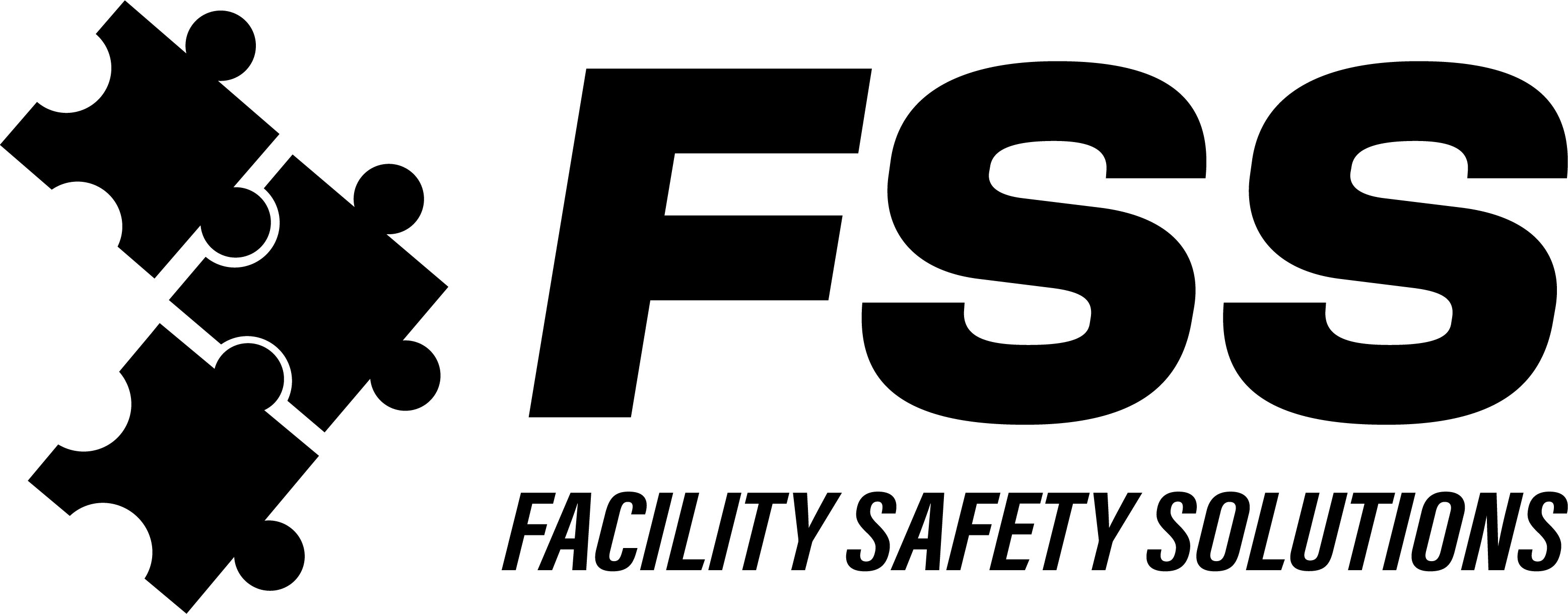Keeping Mandatory Refresher Training Engaging
Introduction Did you know that the Occupational Safety and Health Administration (OSHS) has over 20 standards of mandatory annual training for employees exposed to various workplace hazards? From bloodborne pathogens to ergonomics and everything in between, these standards ensure workplace safety remains a top priority for a reason. While requiring employees to take same training courses annually may seem tedious, the benefits cannot be overstated and can potentially be a case of life or death but how can we keep this training engaging, interesting and memorable? Let’s look at the why, what, and how to keep your annual safety training informative and interesting. Why is Refresher Training Necessary? OSHA exists to protect employees from workplace hazards. Its standards ensure that employees know how to handle potentially dangerous situations safely. This is why it mandates that employees take training from time to time to ensure the safety and health of employees in
Six Steps for Safe Scaffolding Use
OSHA’s rules for scaffolding are in 29CFR1926, Subpart L. This runs a little less than seven pages, and the rules apply to employers. Since as a group employers don’t do so well with compliance (though some individual employers do very well with compliance), in general the scaffold user should assume personal responsibility for scaffolding safety. Follow these six steps to safely use scaffolding. Step No. 1 — Prepare the site This includes several actions: Step No. 2 — Assemble Skip this step if scaffold assembly is done by a dedicated group. But if your crew is erecting the scaffolding, ensure the person in charge of that effort meets the OSHA definition of a “qualified person.” If you don’t know what you are doing, you can easily make a mistake that is fatal. Step No. 3 — Inspect If only one person is qualified to erect the scaffolding, it’s not smart
How to Complete a Job Hazard Analysis
Five simple steps for creating a JHA for your company A job hazard analysis (JHA) is completed prior to the start of any construction job where there is potential for injury or accident. Larger general contractors have made these a common requirement before the start of work on their projects. This is a way for both subcontractors and general contractors to collaborate on safety management. A JHA helps determine the risk of the work being completed on the site. In simple terms, it is a tool to reduce the chance of a loss from occurring. When a company is tasked with completing a JHA, it is important to note the complete scope of work that they will be conducting while on site. This starts from the moment they step foot on the job all the way until they walk back out the door. When looking at the larger scale of

